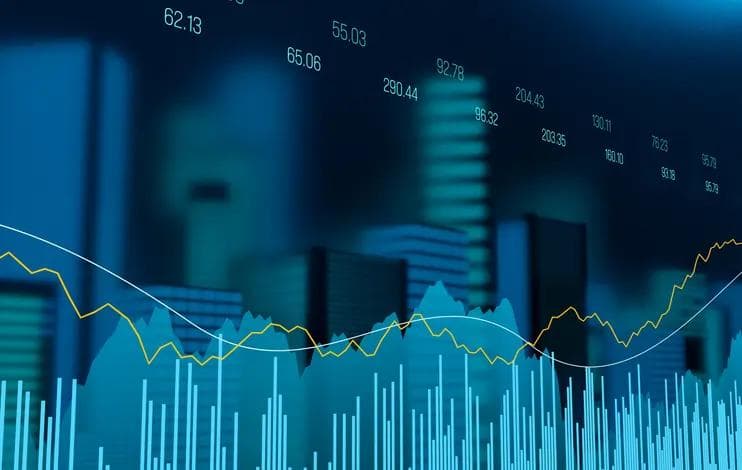RENEWABLES IS THE NEW BLACK; THE GLOBAL INVESTMENT STORY
RENEWABLES IS THE NEW BLACK; THE GLOBAL INVESTMENT STORY
Published by Gbaf News
Posted on March 10, 2015

Published by Gbaf News
Posted on March 10, 2015

With the price of oil halving in just six months, other fuel costs have similarly crashed. Although good news for hard-pressed motorists, homeowners and business managers, many commentators have questioned the impact this will have on renewables investment and deployment.
However, as oil prices for now at least seem to have stabilised, David Casale, director at cleantech merchant bank Turquoise International, explains how the relationship between the value of ‘black gold’ and investment in renewable technology is perhaps not as straightforward as you might first think.
After months of falling prices, February saw a slight upturn in the value of a barrel of crude oil. This said, its international price is still 50% lower than last year’s peak, with many predicting that the situation is likely to stay this way for at least the medium term. By prompting big changes in the way in which organisations shape their exposure to the wider energy sector, this could have dramatic implications.

David Casale
In the past few weeks alone, the big oil giants have announced large fourth quarter losses, cut investment plans and slowed down production to try to manage the supply/demand curve. There have also been plenty of headlines around potential job losses across the global oil and gas industries.
However, when it comes to the renewables sector, the relationship between established renewable energy sources – like solar and wind – and oil prices is less clear. The latest figures from Bloomberg New Energy Finance demonstrate that renewable energy investments increased by 16% in 2014, reaching £205bn, the first growth since 2011 – and five times the figures recorded a decade ago. It could be argued, in fact, that the success of the renewable energy industry has actually contributed to recent oil price fluctuations, alongside shale gas and wider efficiency measures, by lessening demand.
One potentially massive possibility is that those with large oil reserves have seen the end of the tunnel and are valuing their product with an eye on stranded assets – un-burnable reserves. If this were the case it would be the single biggest endorsement of low carbon energy of all time.
In the medium term we are yet to see the full impact oil price declines are to have on renewable investment, and the true test will come after the election. Subsidy uncertainty aside, UK, European and global government support for renewables continues to make the sector relatively attractive for investors, who can see a direct return on their investment within a defined timeframe.
What’s more, climate change is still top of the global agenda, with a growing number of mandatory clean energy targets and carbon pricing policies, as well as the increasing pressure to reduce reliance on fossil fuels and make the switch to more resilient and low carbon technologies providing comfort to those in the renewable sector. The need for a low carbon and diverse energy mix is not up for debate, how to achieve it at least cost is.
However, the way in which that energy portfolio comes together may well be impacted by the failing fortunes of the oil economy. For example, the resulting fall in the price of gas will bring gas-fired power stations back onto the horizon, while nuclear and CCS are still being debated as short to medium term solutions.
The costs of established technologies – like wind and solar – are coming down and remain on course to be, at least in a headline sense, cost-competitive with oil and gas. However, some of the newer, more innovative and niche technologies may suffer in the short-term as they are not so resilient. This will be especially apparent if government subsidies are also pulled away and refocused elsewhere.
Taking the UK as a specific example, the upcoming General Election will see voters not make their decisions based on who can best balance the carbon budget, but instead on who can keep the price of power down. As such, we are likely to see an ‘affordability, affordability, affordability’ approach to energy policy; at least until a new government settles down and feels safe enough to change processes.
Lower power prices affect the government appetite to pay out on the current Contracts for Difference (CfD) regime, as the market price reduction increases the effective subsidy to each unit of renewable electricity generated. As the Department for Energy and Climate Change (DECC) only updates its pricing forecasts once a year, this debate is probably waiting in the wings of Whitehall.
Looking at the big picture, while the current volatility in oil prices has sent some markets into panic stations, the reality is that this is nothing new. Fossil fuels have always fluctuated and that is part of the reason why global economies have already invested significantly in trying to rebalance this energy risk. From an investment point of view, while subsidies and pricing may impact on renewables in the short-term, the long-term game is clear.
To meet the needs of future generations and deliver lower carbon solutions, changes to our use and sources of energy will need to take place. Renewables offer part of the solution and the investment risk is clearly manageable despite whatever sparkle has come off the black gold market.
Explore more articles in the Investing category











